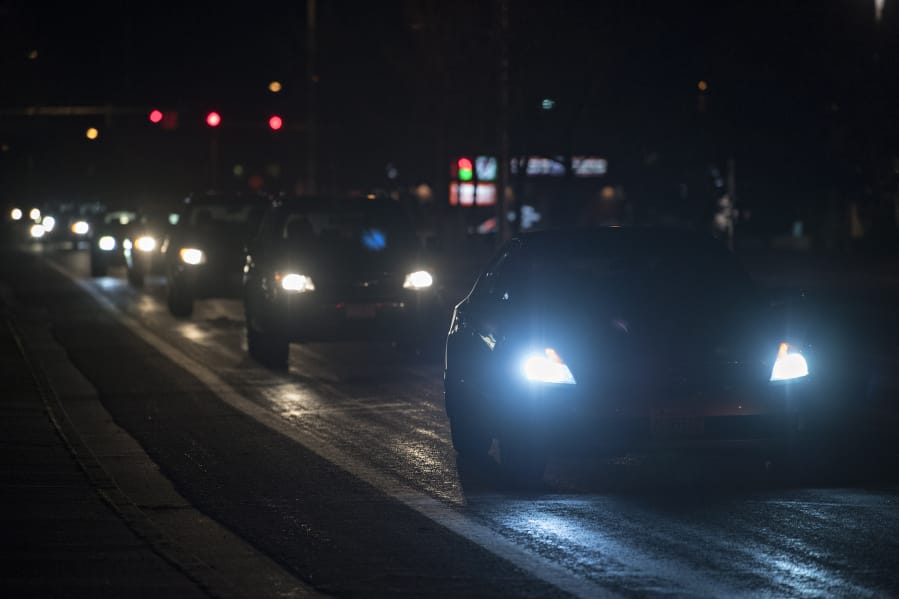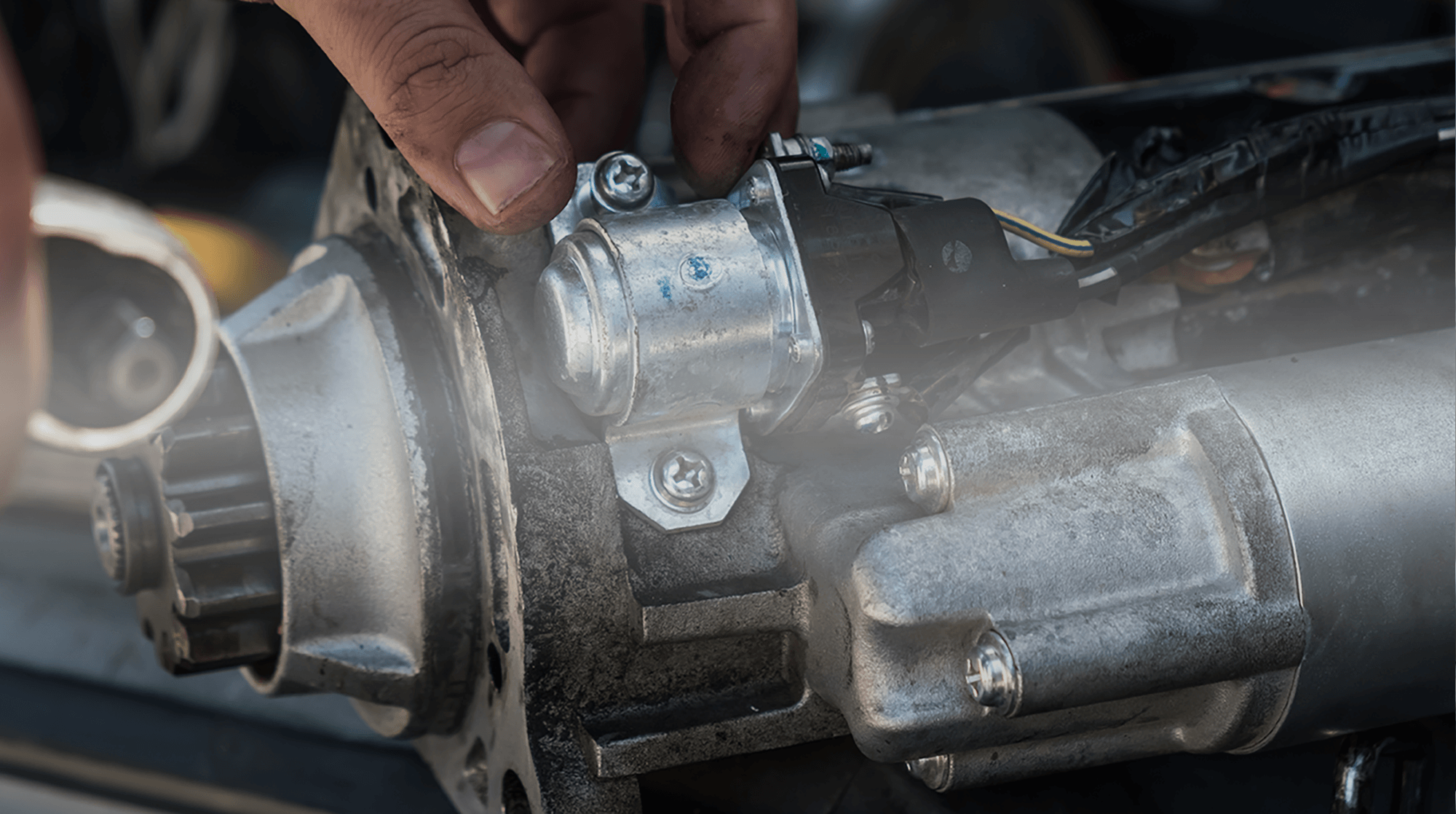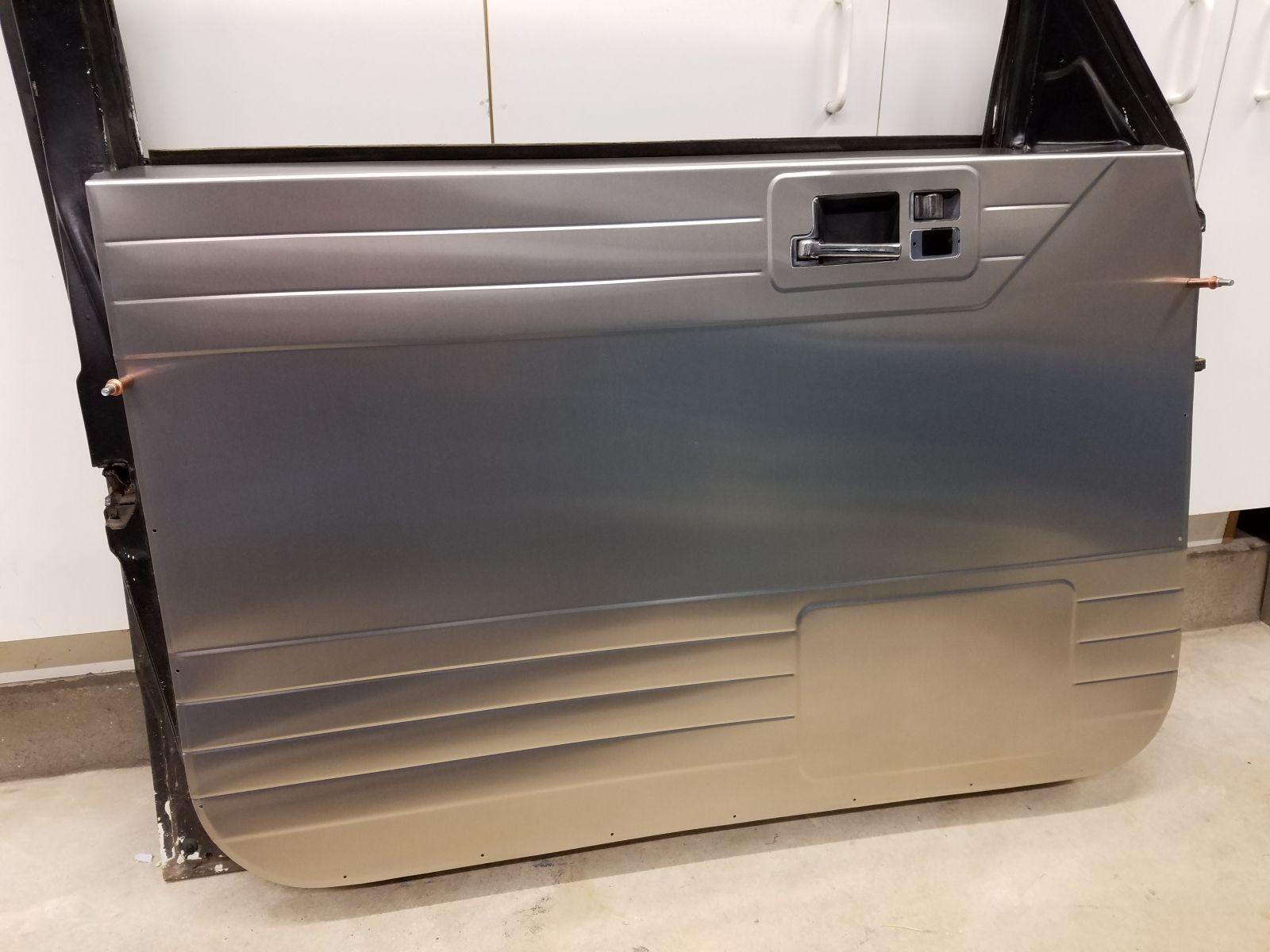For centuries, the night has been a time of fear and uncertainty. The darkness made it hard to see what lay ahead on the road, making travel at night slow and sometimes dangerous. But with the invention of car headlights in the early 1900s, everything changed.
Car headlights revolutionized nighttime driving by providing a clear view of the road ahead, allowing drivers to safely traverse through darkened roads with newfound confidence. With car headlights illuminating our way forward, we can now enjoy safer and faster journeys during our nighttime travels.
The Evolution of Car Headlights: From Oil Lamps to LEDs

Since the dawn of motoring, car headlights have been an essential component of nighttime driving. Early automobiles used oil lamps and acetylene lights to light the way in front of them at night.
While these primitive lighting systems provided a moderate level of illumination, they were often unreliable due to their lack of durability in extreme weather conditions. In 1912, electric headlights began appearing on cars which quickly replaced the old-fashioned oil lamps and acetylene lights as the preferred method for nighttime illumination.
Electric headlights used incandescent bulbs that shone brighter than their predecessors but still lacked durability and energy efficiency compared with modern options available today. By the 1970s halogen headlamps became popular with automakers because they increased visibility while providing more efficient operation than traditional incandescent bulbs.
Halogen was also relatively inexpensive which made it attractive for automotive designers who wanted effective lighting without an exorbitant price tag attached to it.
The next major innovation came when xenon HID (High Intensity Discharge) technology debuted near the end of the 1990s providing unprecedented brightness levels from a small source while consuming less power than other types of lighting systems available at that time.
The only downside was its high cost which limited its use mainly to luxury vehicles up until recently when the LED (Light Emitting Diode) introduction changed everything again by bringing remarkable performance benefits combined with significantly lower costs making LEDs accessible even for budget-oriented drivers who desire better visibility during nighttime hours on roads around the world.
How Automotive Lighting Has Changed Nighttime Driving
The advent of automotive lighting has been a crucial development in the history of nighttime driving. From the earliest cars with small oil lamps to modern LED headlights, car headlights have transformed how we traverse roads in darkness.
Before cars, night travel relied mainly on horses and other animals; torches illuminated only brief paths ahead. Automotive lights not only increased visibility but also enhanced safety for both drivers and pedestrians alike.
Early automotive lights were primitive compared to today’s standards—gasoline-powered acetylene lamps provided little more than dimly lit glows that produced hazardous open flames or sparks while traveling at high speed.
With advancements over time, however, came brighter and sturdier beams which enabled motorists to see obstacles from further distances—opening up new possibilities for longer trips when it was dark out.
Eventually, electric headlamps replaced gasoline-based models due to their reliability and greater output power; these could now be adjusted depending on weather conditions or terrain changes along a route as well as automatically turned off when necessary during daylight hours.
In recent years, automakers have increasingly adopted LED technology for their vehicle headlights which can better illuminate roadways without causing glare or dazzling effects on other drivers’ eyesight like traditional bulbs did in the past.
Furthermore, some vehicles are now even equipped with adaptive beam systems that adjust brightness levels according to traffic patterns around them—allowing users unprecedented convenience when navigating unfamiliar roads after sundown!

Harnessing Technology: Advances in Automotive Lighting Solutions
The advances in automotive lighting solutions have revolutionized nighttime driving by providing drivers with the necessary illumination to travel safely, even in the darkest of the night. Automotive headlights are now brighter and more efficient than ever before.
With innovative technologies such as LED and halogen headlights, drivers can now navigate confidently at all hours of the day. In addition, technological advancements have allowed for dynamic light distribution systems that adjust beam patterns based on environmental factors like road curvature or oncoming traffic.
This allows for greater safety during hazardous conditions while still ensuring maximum visibility. Moreover, automakers are beginning to incorporate advanced adaptive lighting features into their vehicles that allow a driver’s lights to automatically turn off when no longer needed or switch between low-beam and high-beam depending on surrounding conditions – further improving visibility and reducing glare in any situation.
As technology continues to develop our roads become safer for travel regardless of the time of day – thanks largely due to improvements made in auto lighting solutions over recent years
Drive Safely Into the Night with Improved Car Headlights

The invention of the car headlight has revolutionized nighttime driving, making it much safer and more efficient. From halogen to LED headlights, there have been many advancements in recent years that have created a brighter and whiter light for drivers.
One such advancement is the 9007 LED headlight bulbs from SEALIGHT which provide superior illumination compared to other options on the market today. Not only do they make driving at night easier and safer, but also help reduce eye strain during long drives or when visibility is low due to fog or rain.
With these advances in technology, we can now Light Up The Road with confidence!






